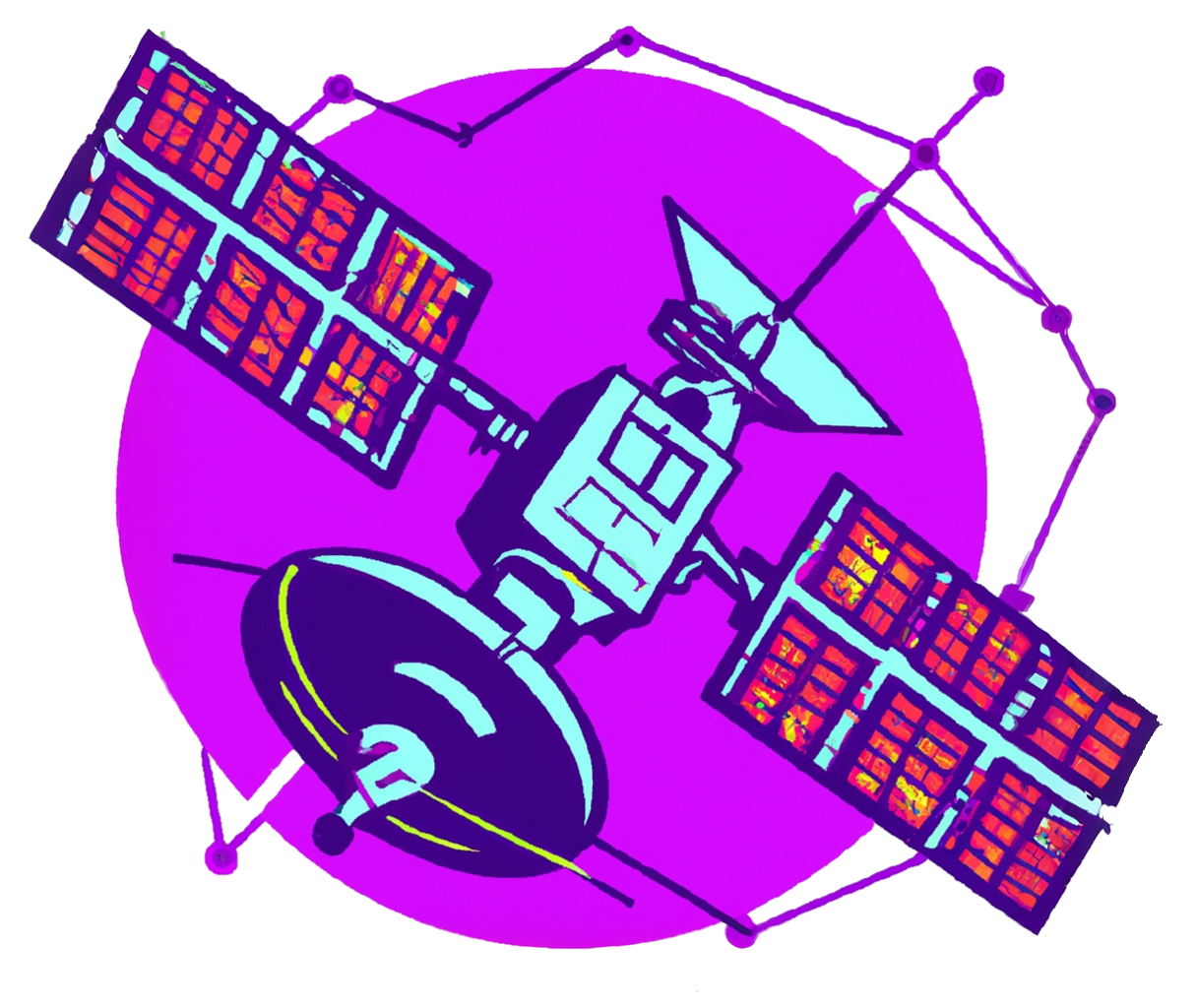Concepts
Welcome to the Concepts section! 🚀 This guide will help you understand the fundamental building blocks of Mir IoT Hub and how they work together to create a powerful IoT platform.
Overview
Mir IoT Hub is built on several key concepts that work together to provide a scalable, flexible, and developer-friendly IoT platform:
- Digital Twin - Learn about device representation and state management
- Communication Patterns - Master the telemetry, commands, and configuration communication paths
- Security Model - Understand device authentication and secure communication
Key Principles
1. Device-First Design
Everything in Mir revolves around devices. The platform is designed to make device integration as simple as possible while providing powerful management capabilities.
2. Flexible Communication
Three distinct communication patterns ensure that every use case is covered efficiently:
- Telemetry for high-volume data streaming
- Commands for real-time control
- Configuration for persistent state management
3. Type Safety with Protocol Buffers
All device communication uses Protocol Buffers, providing:
- Type-safe message definitions
- Efficient serialization
- Language-agnostic schemas
- Automatic code generation
4. Modular Architecture
The platform is built using a plugin approach:
- Each component has a specific responsibility
- Easy to scale as needed
- Can be run individually or as a single unit
- Easy to bring custom plugin
5. Developer Experience
From the comprehensive CLI to automatic dashboard generation, Mir prioritizes making developers and operators productive and happy.
Getting Started
Ready to dive deeper? Start with What is Mir IoT Hub to understand the platform's vision and capabilities, then explore each concept to build your understanding.
Each section includes:
- 📖 Conceptual explanations
- 🔧 Practical examples
- 💡 Best practices
- 🎯 Real-world use cases
Let's begin your journey into the world of Mir IoT Hub!
 Mir
Mir